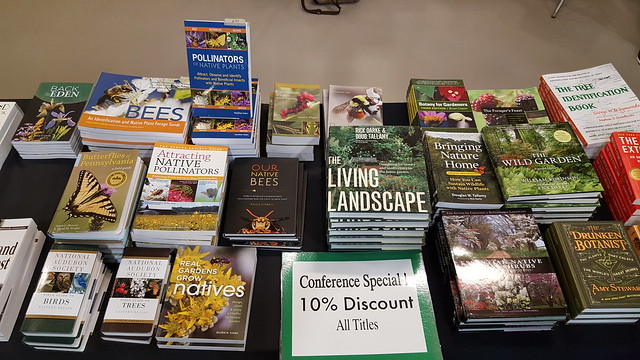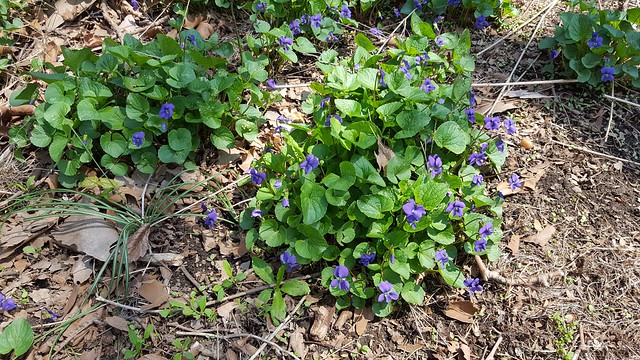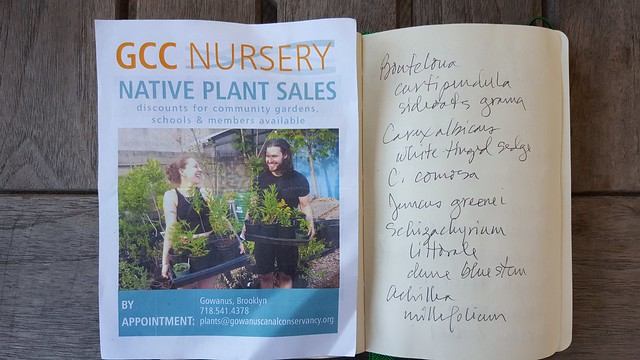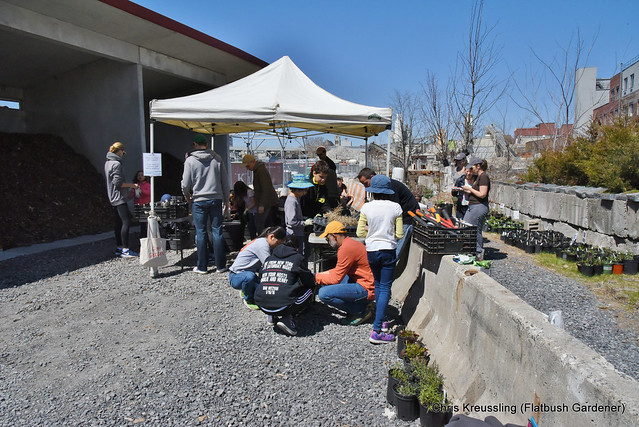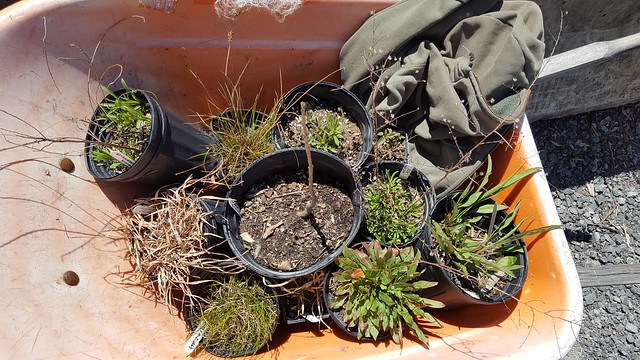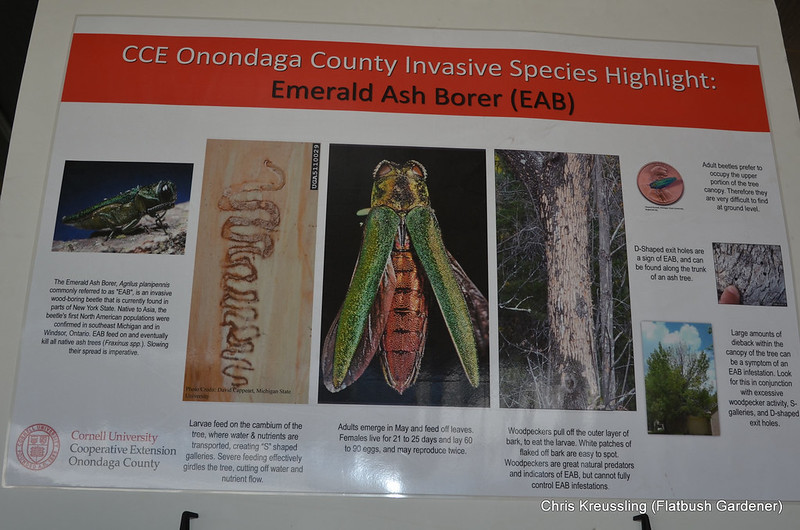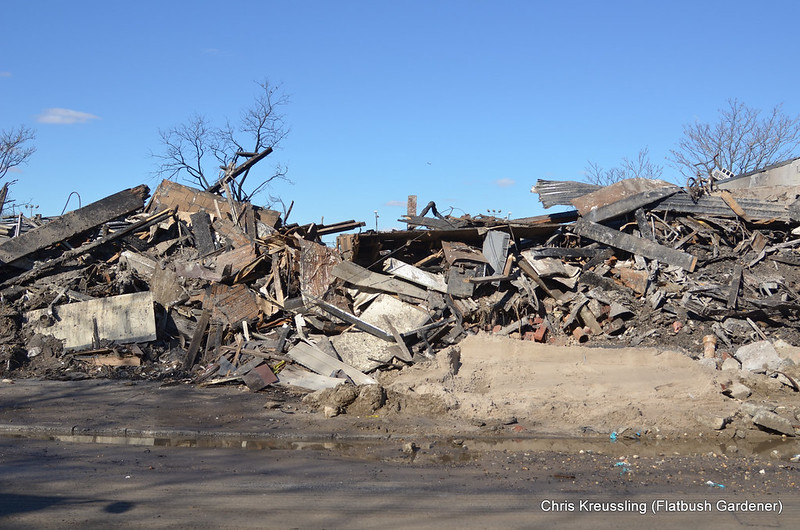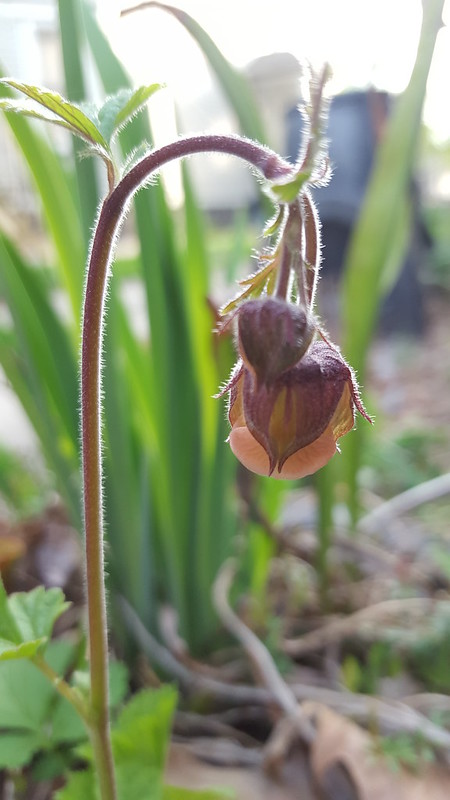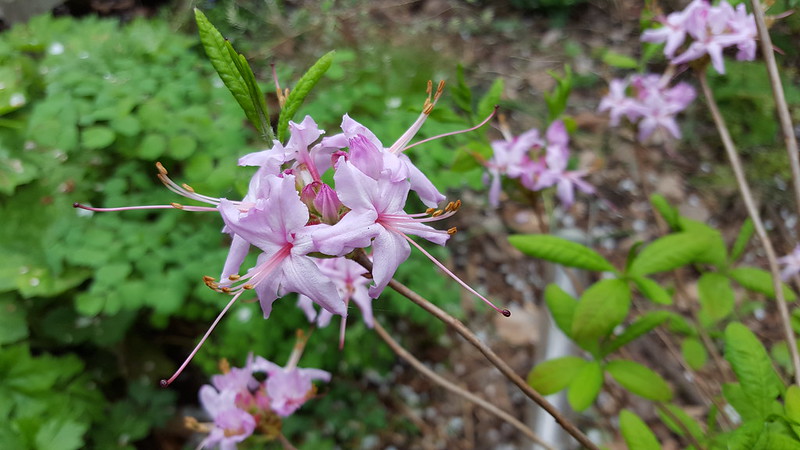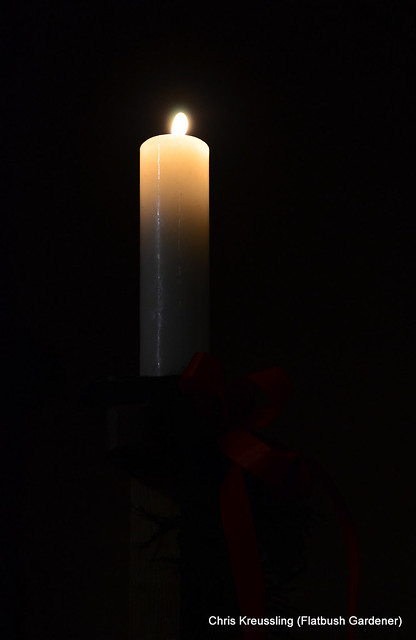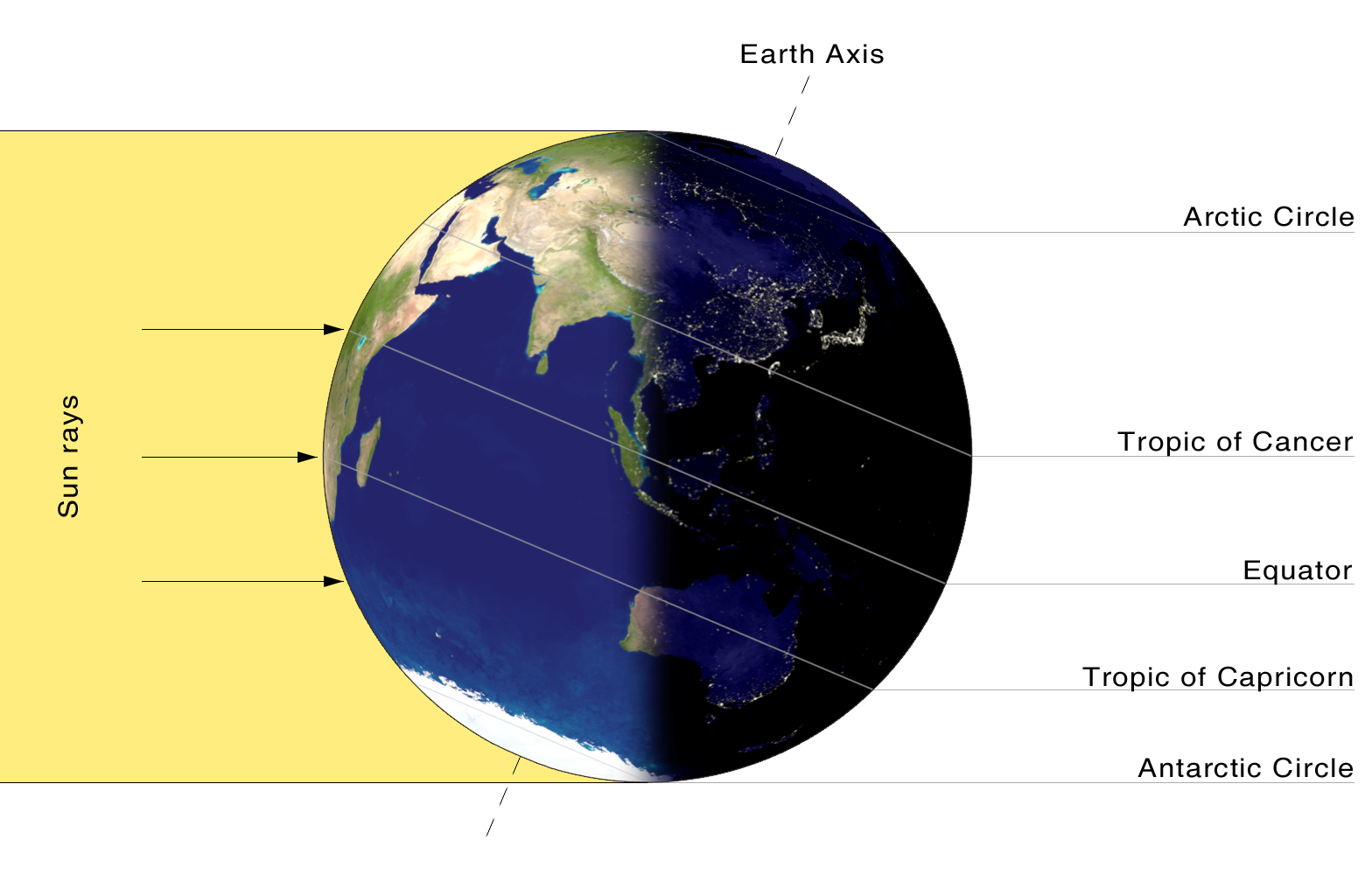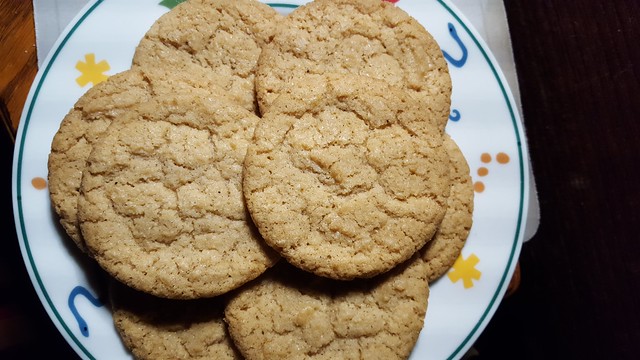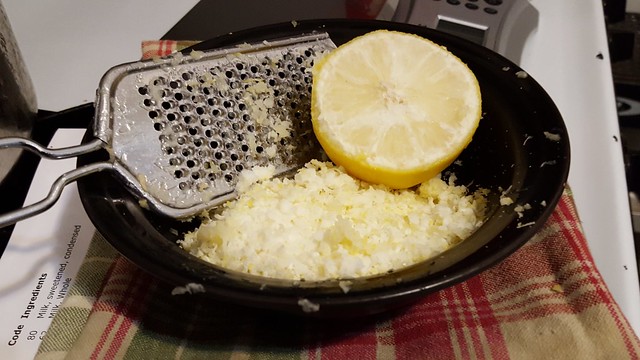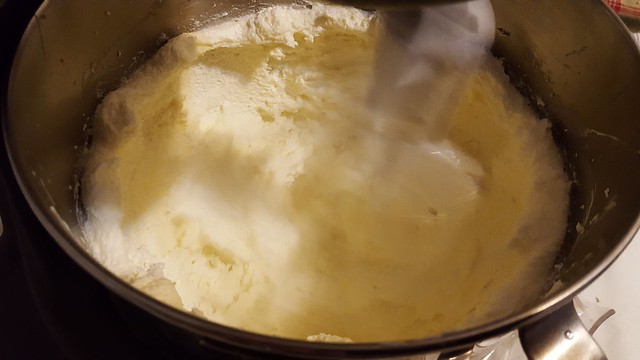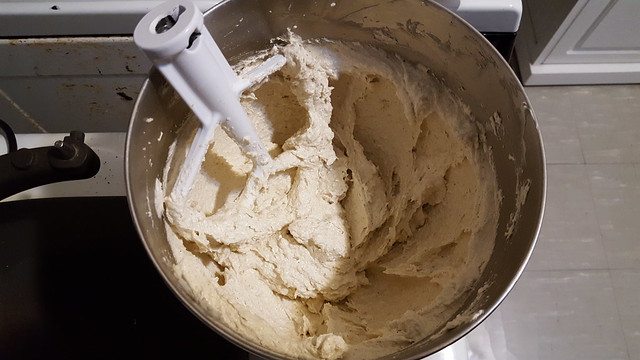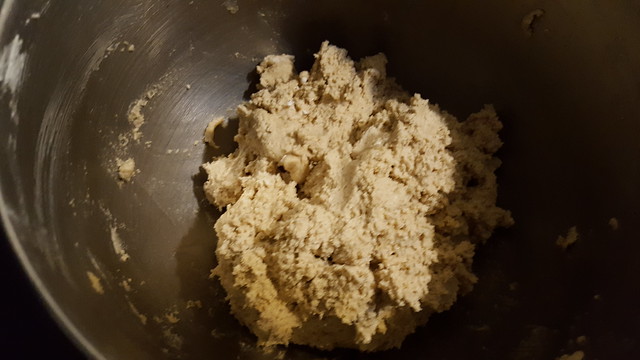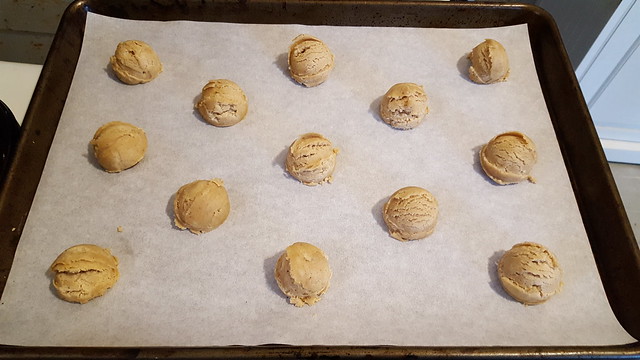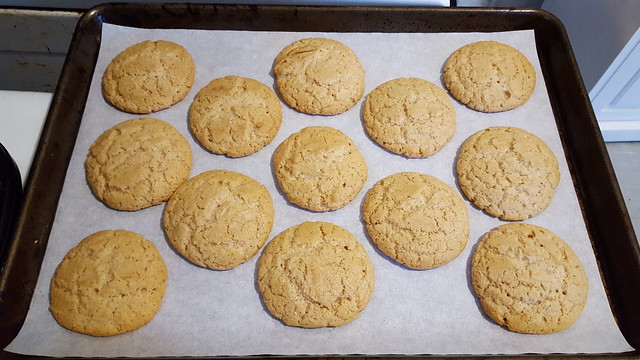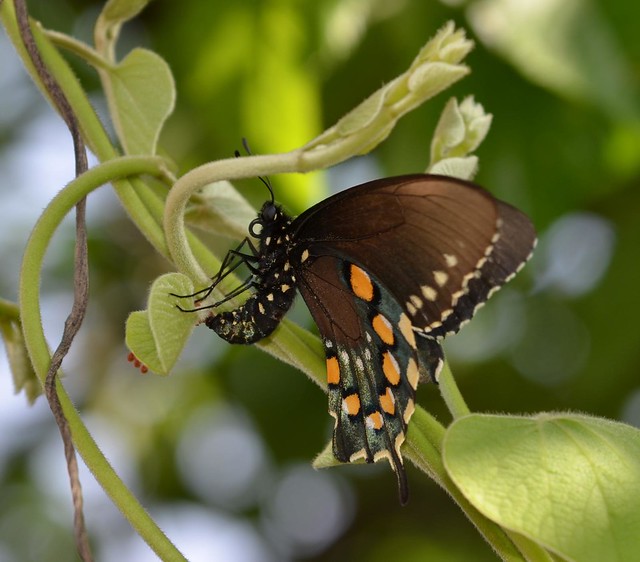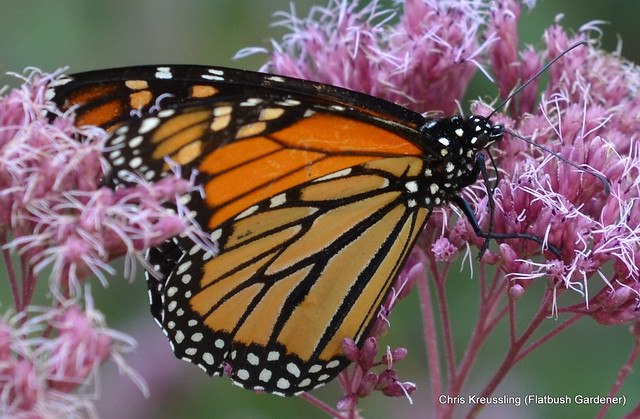I spoke this year at the Native Plants in the Landscape Conference at Millersville University in Lancaster County, Pennsylvania. The organizers asked speakers for a list of books we recommend.
This is my list, grouped roughly by category.
Science
Brian Capon, Botany for Gardeners, 3rd Edition
2010, Timber Press
Paperback, ISBN-13 978-1-604690-95-8
Steven B. Carroll and Steve D. Salt, Ecology for Gardeners
2004, Timber Press
Hardcover, ISBN-13 978-0-88192-611-8
Paperback, ISBN-13 978-1-604694-45-1
James B. Nardi, Life in the Soil: A Guide for Naturalists and Gardeners
2007, The University of Chicago Press
Paperback, ISBN-13 978-0-22656853-9
See also: Tallamy, Bringing Nature Home
Plants
1979, Houghton Mifflin Company
2006, Brooklyn Botanic Garden All-Region Guides
2000, Houghton Mifflin Harcourt
Hardcover, ISBN-13 978-0-39596609-9
Eric Lee-Mäder, Jarrod Fowler, Jillian Vento, Jennifer Hopwood, 100 Plants to Feed the Bees: Provide a Healthy Habitat to Help Pollinators Thrive
2016, The Xerces Society/Storey Publishing Paperback, ISBN-13 978-1-61212-701-9
1977, Little, Brown and CompanyPaperback, ISBN-13 978-0-316-60442-0
1997, Cornell University Press
Hardcover, ISBN-13 978-0-8014-3391-6
Paperback, ISBN-13 978-0-8014-8334-9
Insects
Eric Grissell, Bees, Wasps, and Ants: The Indispensable Role of Hymenoptera in Gardens
2010, Timber Press
Hardcover, ISBN-13 978-0-88192-988-1
Heather Holm, Pollinators of Native Plants: Attract, Observe and Identify Pollinators and Beneficial Insects with Native Plants
2014, Pollination Press
Paperback, ISBN-13 978-0-9913563-0-0
Eric Mader, Matthew Shepherd, Mace Vaughan, Scott Black, and Gretchen LeBuhn, Attracting Native Pollinators
2011, The Xerces Society
Paperback, ISBN-13 978-1-60342695-4
Paul H. Williams, Robbin W. Thorp, Leif L. Richardson, and Sheila R. Colla, Bumblebees of North America: An Identification Guide
2014, Princeton University Press
Paperback, ISBN-13 978-0-69115222-6
The Xerces Society, Gardening for Butterflies
2016, The Xerces Society
Paperback, ISBN-13 978-1-60469598-4
Inspiration
2014, Timber Press
Hardcover, ISBN-13 978-1-60469-408-6
2015, Timber Press Hardcover, ISBN-13 978-1-60649-553-3
Timber Press
Hardcover, 2007, ISBN-13 978-0-88192-854-9

